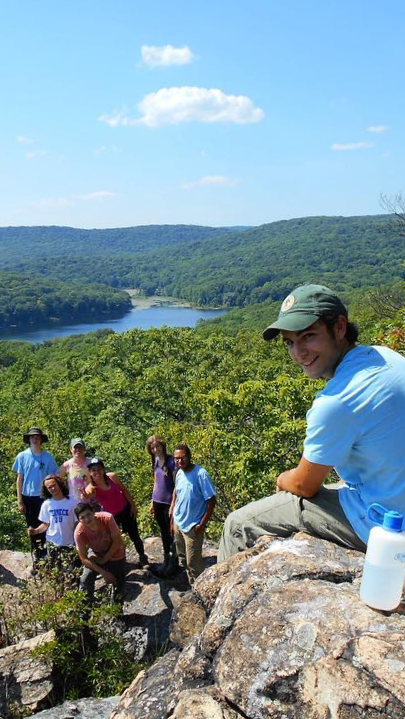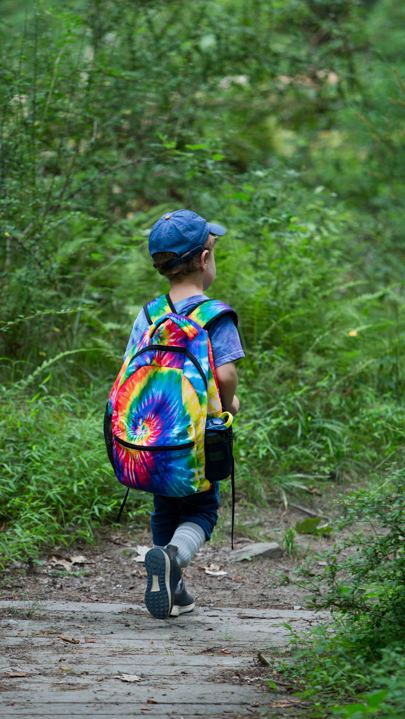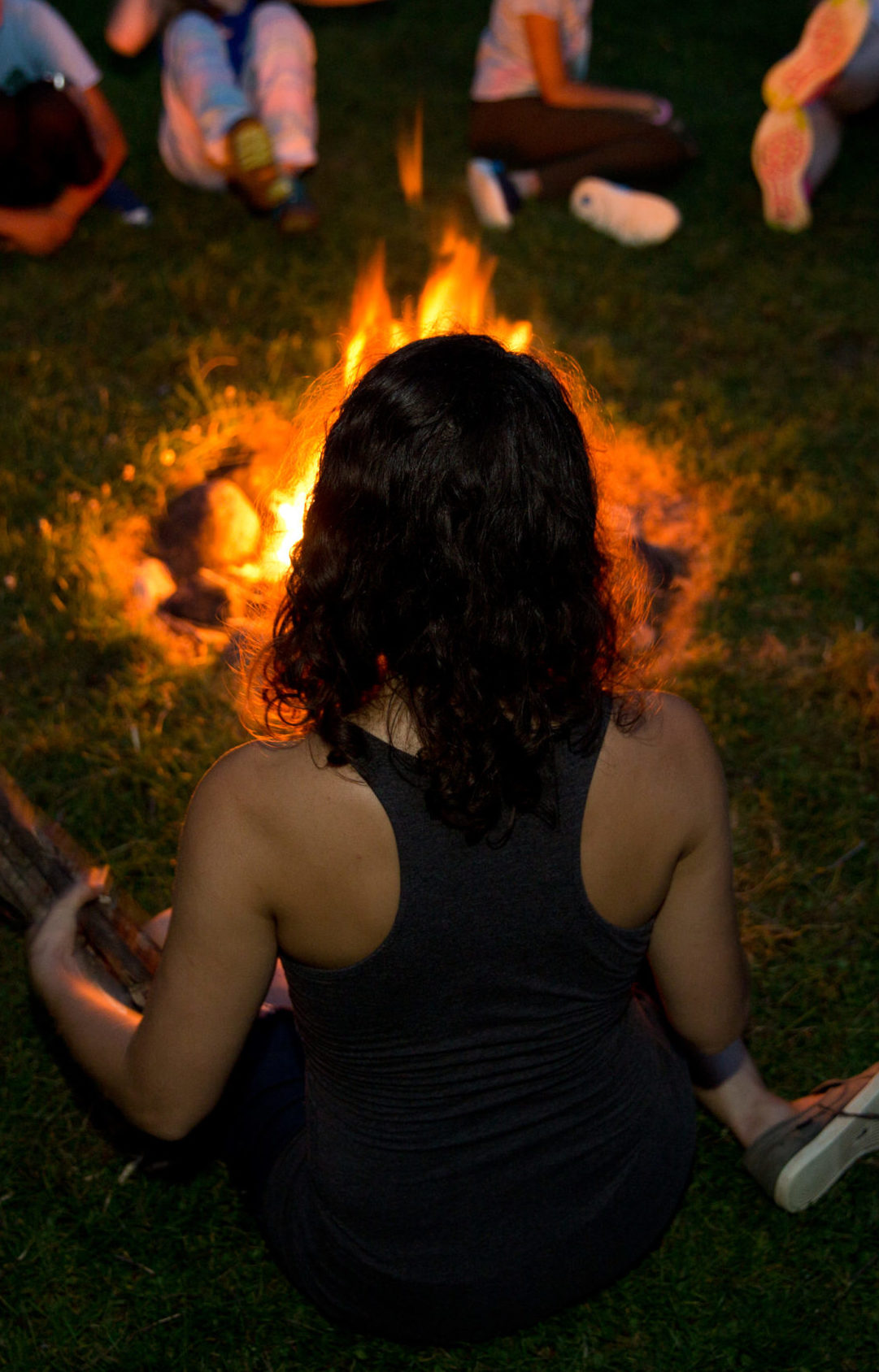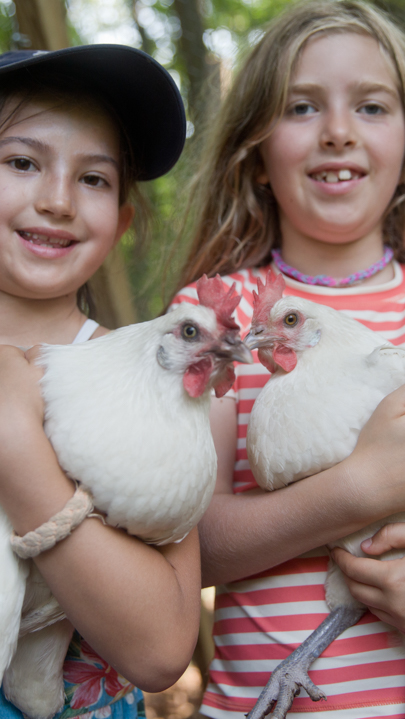Contrasts
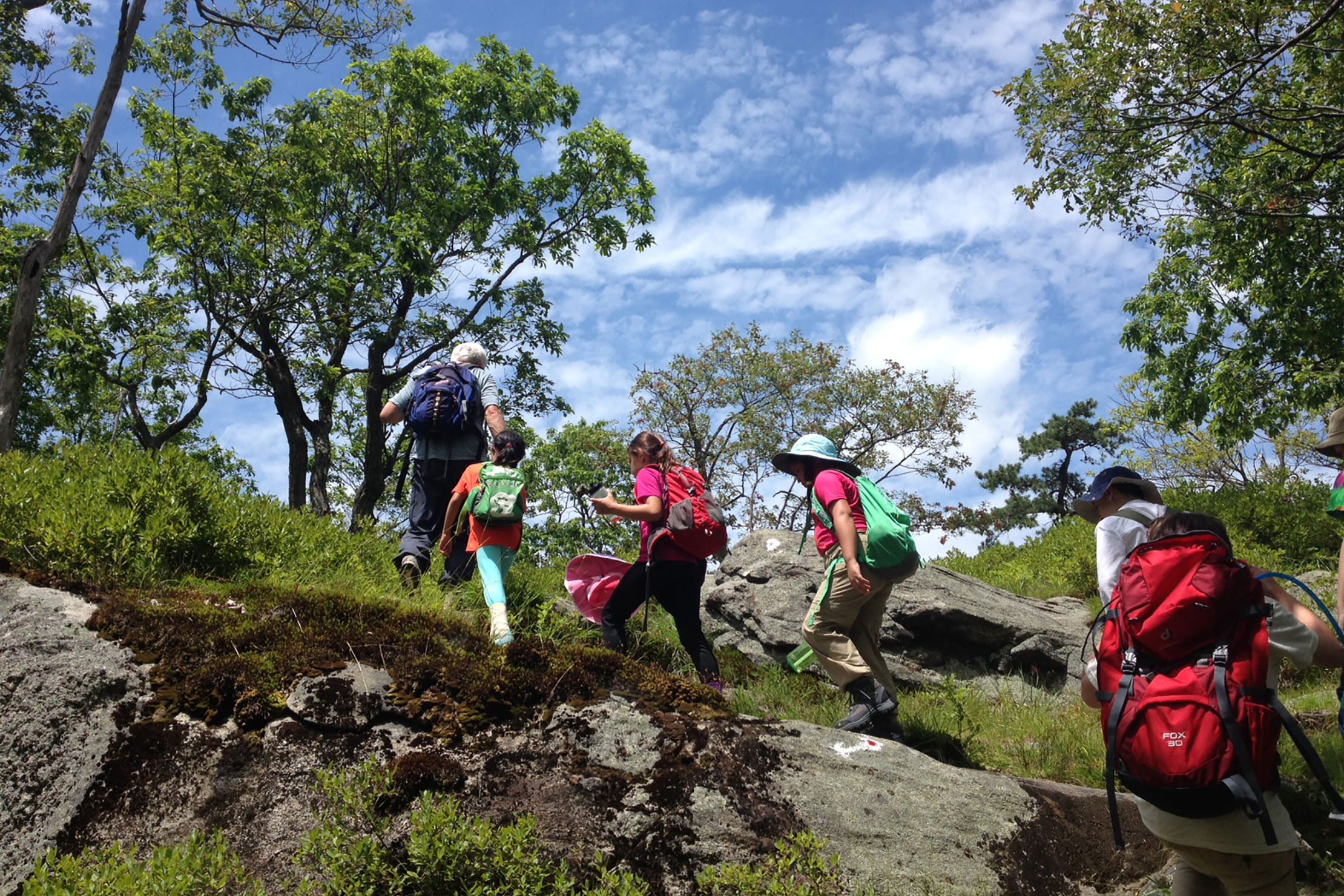
As I write this in mid-November I’m looking out my office window at the magnificent, redder-than-red leaves of a Japanese Maple. Others have recently said to me how striking the Japanese Maples appear this year, as if inside each there was an internal glowing furnace of red.
They truly may be a brighter red color than other seasons but they also may catch our attention more because of the contrasts. Most other leaves have fallen, or if they are still on their tree or bush they are of a muted color. Overcast, gray days also provide a contrast.
The natural world is filled with contrasts: the seasons themselves, the weather, how it’s great to be out on a cold day and then soul-satisfying to come into a warm, inviting space, maybe even one with a fireplace or wood stove.
Maybe not a contrast but certainly something we didn’t notice until the leaves began to fall, is the hornets’ nest securely attached to the Ginkgo tree on the lawn behind Holder House. This lawn area serves as a daily dismissal site at the end of each of our camp days. I received no reports this past summer about the nest, nor were there any stings from this nest in the nurse’s log. So here was a new treasure for us.
Bald-faced or white-faced hornets make their paper nest by chewing wood and mixing it with their saliva – giving us the idea years ago of making paper from wood. They eat flies, caterpillars, spiders, fruit, meat, nectar (for the larvae – pollen, too) and yellow jackets. During mid-summer there can be up to 300 hornets (queens, workers, drones) in a large nest!
All the hornets die in the fall – except one or more newly inseminated queens. They don’t stay in the nest but overwinter under logs, rocks, in hollow trees, underneath the shingles of your house. When spring comes the queen(s) comes out of hibernation and begins to build a new nest and lay eggs. From these eggs the newly hatched worker hornets then continue building upon what she has started while she basically stays in egg-laying mode. The old nest is not reused.
Perhaps you have heard stories of people, perhaps a teacher, carefully cutting down a nest in early fall to bring it inside. After all, it is a marvelous and beautiful piece of architecture. And then, because of warmer inside temperatures, some of the still-inside-but-thought-dead hornets crawl out of the nest, sometimes to actually fly around! In a classroom I can imagine this to be a teachable moment, but one perhaps filled also with shouts and screams and running around.
Many autumns ago I was driving back to Rockland after doing a day of outdoor education activities at a Westchester school. During my lunch break that day one of the teachers presented me with a huge hornet’s nest she had removed from an apple tree on her property. Always on the lookout for cool nature items to share with children, and not to turn down a special ‘gift’ meant for me, I gladly accepted it. I placed it right away on the front seat of my car, making sure I wouldn’t forget it. The day ended, I got into my car and proceeded west.
As soon as I began to cross the Tappan Zee bridge I saw just the slightest movement out of the corner of my right eye – from the area of the passenger seat. Before I looked, a thought quickly came to mind: the car’s interior, since lunch time, has been quite warm, my car having been parked in a spot that was fully in that afternoon sun. At this point I said a word that I shall not print here. Almost in slow motion I dared to move me eyes down and to the right. I could see a hornet beginning to crawl out of the hole, leg by slow-leg, as if she, too, were in slow-mo. I then saw some other legs and head emerge. I said that word again. Two were now out on top of the nest itself, but moving, as I said, very slowly. Probably my imagination, but I felt as if they were looking at me! So here I am, in the middle of the Tappan Zee bridge, cars and trucks whooshing by, no where to pull over, and maybe soon to have MANY hornets buzzing about. And I could not imagine them being happy hornets, what with their having their home moved, probably jostled about a bit and perhaps somehow knowing that their time as earthly hornets was soon to be over.
I felt I was in some kind of monster movie – they do look very big up close. Very close. Two more came teasingly slowly out onto the nest and joined the other two just s-l-o-w-l-y walking all around the nest, circling it (making plans, a countdown?).
I pressed pedal to the metal, got to the other side of the bridge, pulled off, carefully took the nest out and put it in my trunk. Phew.
I still love hornets, give them their space, acknowledge their reason for sharing this planet with us and will no longer in fall put a hornet’s nest in my warm car.

